The truly magnificent canelé from Farro Bakery in Bristol
One of the things I miss most about living in Europe is the ready availability of great pastries and bread. In Copenhagen, we were within a 15 minute walk of 3 fantastic bakeries, chock full of kanelsnegle (literally translated: “cinnamon snails”; we would call them cinnamon rolls), wienerbrød (what Americans usually think of as “danishes”), tebirkes (croissant-like rolls topped with poppyseeds and filled with marzipan), Rugbrød (a dense seeded rye bread), and much more. In Bristol, we lived just down the street from Marks Bread, which had excellent sausage rolls, an array of sweet pastries, and, when Easter rolled around, delicious hot cross buns. In addition, there was a Sunday market that always featured a bread and pastry stand from Farro, my favorite bakery in town (maybe in the world). Each week I’d pick up a loaf of their malted barley bread, a canelé each for Sam and I, and often a croissant or kougin amman for good measure. As if we weren’t already spoiled for choice, a nearby green grocer carried bread from another excellent local bakery, The Bristol Loaf. Of course, we enjoyed plenty of baked goods on our travels as well – from waffles in Belgium, to pain au chocolate in Paris, to cannoli in Sicily, our time abroad was certainly not short on carbs.
Before the coronavirus overtook our lives, I was able to satisfy my pastry and bread cravings at Madison Sourdough. Sadly, it’s not within walking distance for us, but it was worth the 10 minute drive or 20 minute bike ride for their excellent morning buns, gruyere herb croissants, and artisan loaves. Of course all that has changed now that Wisconsin is under “safer-at-home” orders - like so many other businesses, they are currently operating at limited capacity. They are still making some of their bread and offering it for pickup, but they’ve closed the café and stopped their pastry production. So, when my pastry craving struck a few weeks back, I had no option but to turn on my oven and get to baking!
Below I’ve included links to and some thoughts on the recipes I’ve attempted thus far.
Making Kardemummabullar at Home
https://www.epicurious.com/recipes/food/views/glazed-cinnamon-cardamom-buns
My first big baking project in quarantine was making kardemummabullar – a Swedish sweet bun made with cardamom and cinnamon. The ones in the bakeries in Scandinavia are as beautiful as they are delicious – layers of brioche-y dough are all twisted up into a glazed, spicy, knot. I had never really considered how these were made until I did it myself – luckily Epicurious has an excellent tutorial with pictures for each step of the process. Their recipe was adapted from a Parisian pâtissiere who spent time working at Mirabelle, one of my favorite bakeries in Copenhagen; so while the recipe may not be 100% authentic, it was still absolutely perfect for “fika” (a Swedish coffee break) and took me back to the weekend Sam and I spent in Stockholm a few years ago. The most complicated part of the recipe is the final shaping of the buns. Mine didn’t turn out quite as beautiful as the ones pictured at the top of the recipe, however, but the technique got easier as I went, and the end result was pretty impressive if I do say so myself!
These kardemummabullar were difficult to shape, but way too easy to eat!
Making a Sourdough Starter
https://www.sourdoughandolives.com/recipe/how-to-make-and-bake-with-raisin-yeast/
My starter nearing its “peak” - almost ready to use!
I made the Kardemummabular when I still had plenty of yeast in the house, but after a few batches of focaccia and a pizza night, my yeast supply ran dry. When we went to the store for our bi-weekly grocery shop, there was no yeast to be found (as seems to be the case across the country). But after my initial success, I wasn’t about to give up on my at home “bakery.” So, like so many others, I turned to natural leavening. Because I don’t have endless access to lovely organic flours and we don’t currently have a water filter (both of which can be helpful when making a starter), I wanted a little extra insurance to produce an active starter. I had read somewhere on the internet about using the natural yeasts in dried fruit to make a starter, and after a day of intense Googling, I found an easy to follow, detailed method for making “raisin yeast” on the Sourdough and Olives blog. Essentially, I just mixed raisins with water and sugar and let it ferment on my window sill for a week, then mixed the liquid with flour to make the starter. It was a very easy and satisfying project (nothing like watching your infant starter double in size over the course of a day!) and I’ve used the starter for various projects since with much success.
Making Oat Porridge Bread at Home
https://food52.com/recipes/25384-oat-porridge-bread
As I mentioned above, my favorite bread in Bristol was the malted barley loaf from Farro Bakery. It had exceptional flavor, but the thing that made it so special was the fact that it was a porridge bread that incorporated cooked grains into the dough. This made it exceptionally moist and addictively chewy (plus it kept for a week without even getting stale!). Therefore, I was excited to find a recipe by Chad Robertson (of Tartine bakery fame) on Food 52 for Oat Porridge Bread. I’ve made it twice now and though my crumb isn’t quite as open as I’d like it to be, it’s been thoroughly enjoyed by my family and it scratched my itch for a porridge bread.
Oat porridge bread makes excellent toast
Making Naturally Leavened Croissants at Home
https://www.shipton-mill.com/baking/recipes/sourdough-croissants.htm
I LOVE croissants. I like all the variations as well – Pain au Chocolate, Pain aux Raisins, Morning Buns, etc. – but to me, there is nothing better than a plain all-butter croissant, with countless layers, shatteringly crisp ends, and a beautiful honeycomb crumb. I could definitely eat at least 2 croissants per day – one in the morning with coffee and one for an afternoon snack! Needless to say, I’ve been missing croissants. I’ve always wanted to try making them at home, but it’s a multi-day process and I just never found the time. Since I’ve found myself with an awful lot of time on my hands these days, I figured now was as good a time as any to try my hand at croissant making. I still hadn’t managed to find yeast, so I found a recipe from my favorite UK flour brand, Shipton Mill, for naturally leavened croissants. My first batch was a bust (I didn’t let them proof long enough once they were shaped), but somehow they still got eaten. My second batch was much better, but still not perfect. They were a bit denser than I would have liked and didn’t brown evenly. I just mixed up a new batch of dough, so we’ll see how round three turns out!
Breakfast in quarantine!
Making Hot Cross Buns at Home
https://www.theclevercarrot.com/2020/03/sourdough-hot-cross-buns/
Freshly baked hot cross buns
During the lead up to Easter each year, bakeries in the UK would sell hot cross buns. The buns, along with daffodils in flower shops, always served as a welcome reminder that spring was on the way. When Good Friday rolled around this year, I decided to try my hand at making hot cross buns, and I must say, the results were quite satisfactory. Usually the cross is made from a slightly sweet paste that is baked onto the top of the roll, but I found a recipe that used cream cheese frosting instead – perhaps not traditional, but extremely delicious. As a bonus, I was able to use the leftover raisins from my “raisin yeast” in the dough!
Bake Pastries for a Better Quarantine Experience!
Being stuck at home for weeks on end with each day looking more or less the same, these big baking projects give me some much needed structure. And though my croissants may not be as flakey as those from my favorite bakeries and my bread doesn’t have the perfect crumb, each project has satisfied my craving and I’ve gained a small sense of accomplishment to boot.
Remember that we are always available to you and your friends and family to help you dream about travel to Europe, and create amazing trip itineraries when it’s safe to travel again. We are here for your custom trip planning to Italy, France, Ireland, the UK and all of Europe. We are experts in creating custom travel itineraries and leading small group trips to European destinations. We also book European cruises! Feel free to reach out via email — We’re always available to talk about travel!
Chelsea is one third of the Euro Travel Coach team (and is the daughter of the other two thirds of the team, Greg and Betsy). She has a passion for food and wine and has a background in hospitality. She attended Cornell University's School of Hotel Administration and interned with two of New York City's best restaurant groups while she was in school. After graduation she worked at the number one wine auction house in the United States, Chicago's Hart Davis Hart Wine Co. There, she organized various wine centric events for HDH's most valuable clients. She and her husband moved to Copenhagen, Denmark in 2016 and then to Bristol, UK in 2018 and traveled through Europe extensively during their time living abroad. Her expertise in food and wine and her experience living in Europe helps her to find amazing accommodations, delicious restaurants, and unique experiences for Euro Travel Coach clients.
Love this post? Pin it so you can come back to it later!



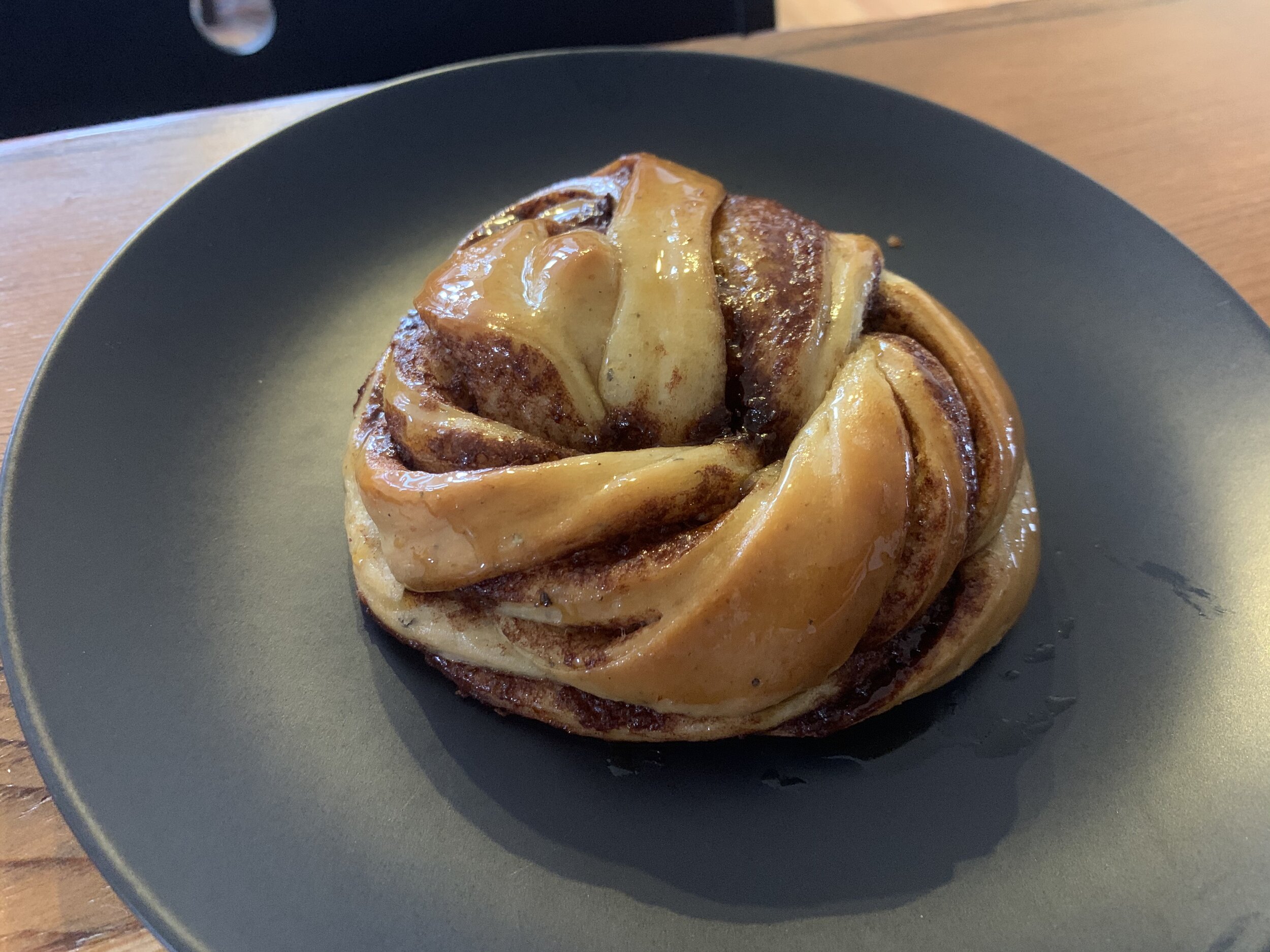








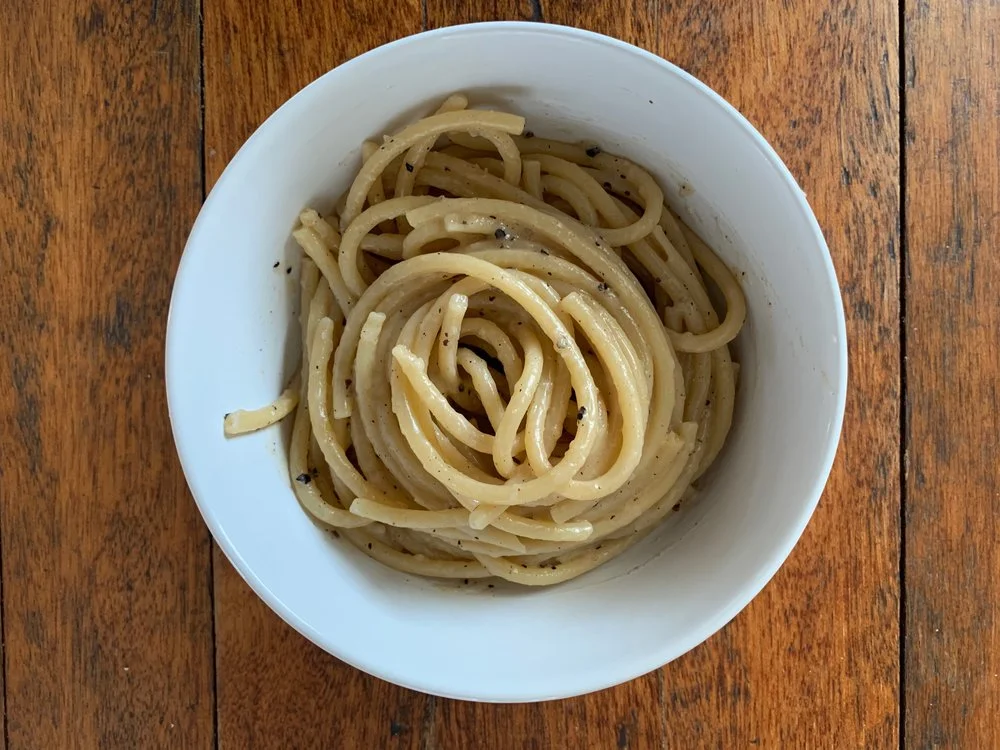

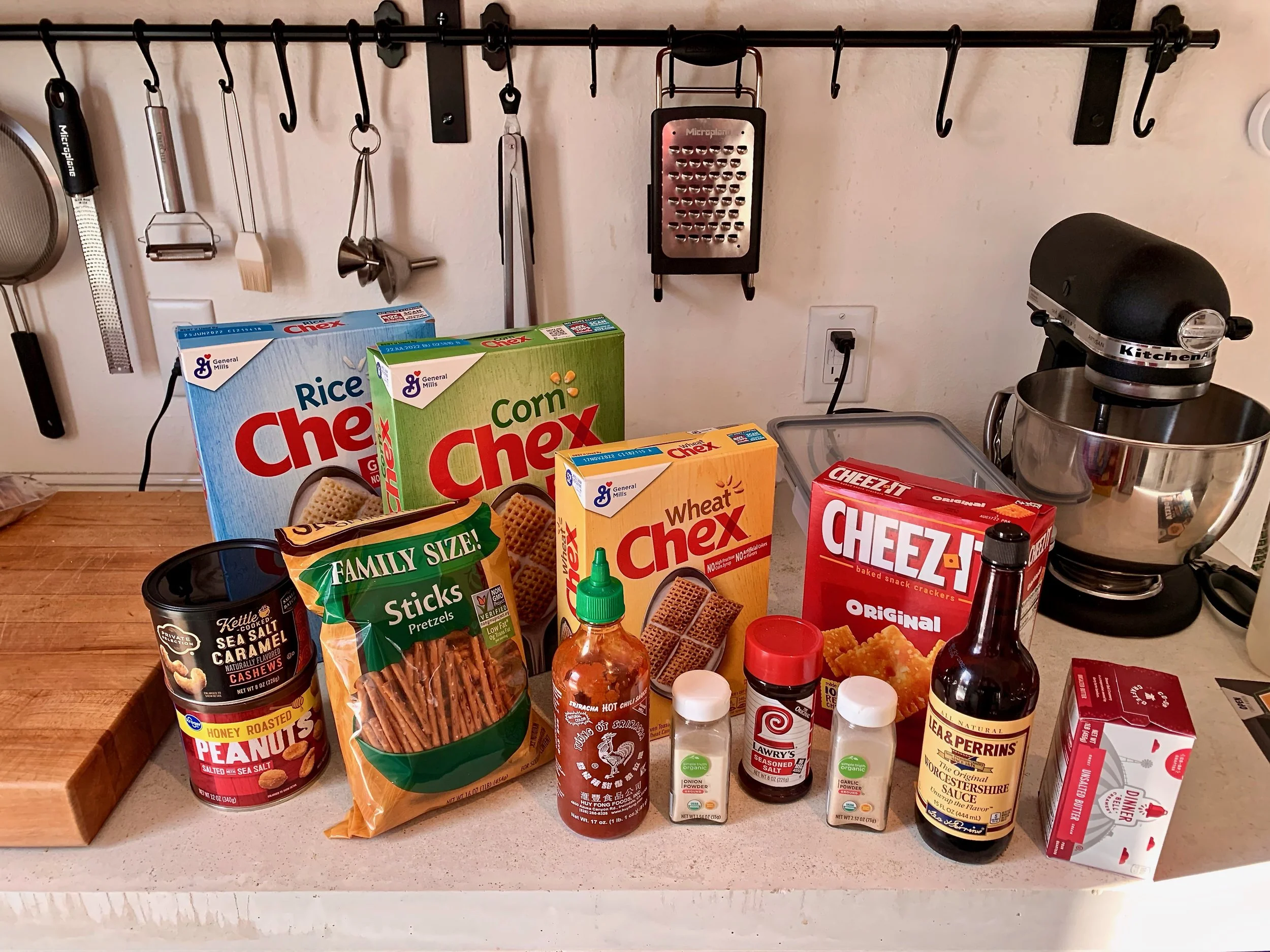

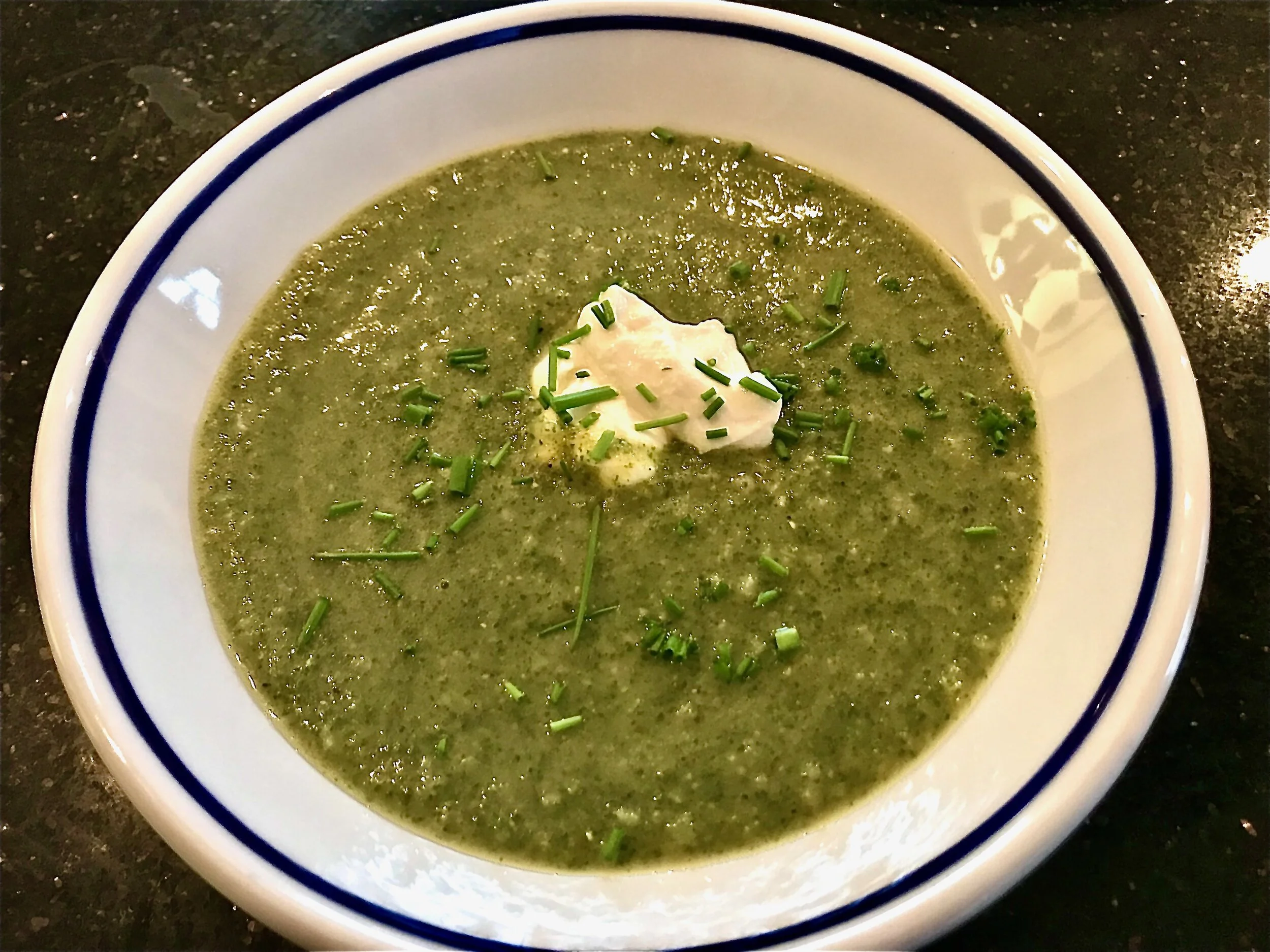
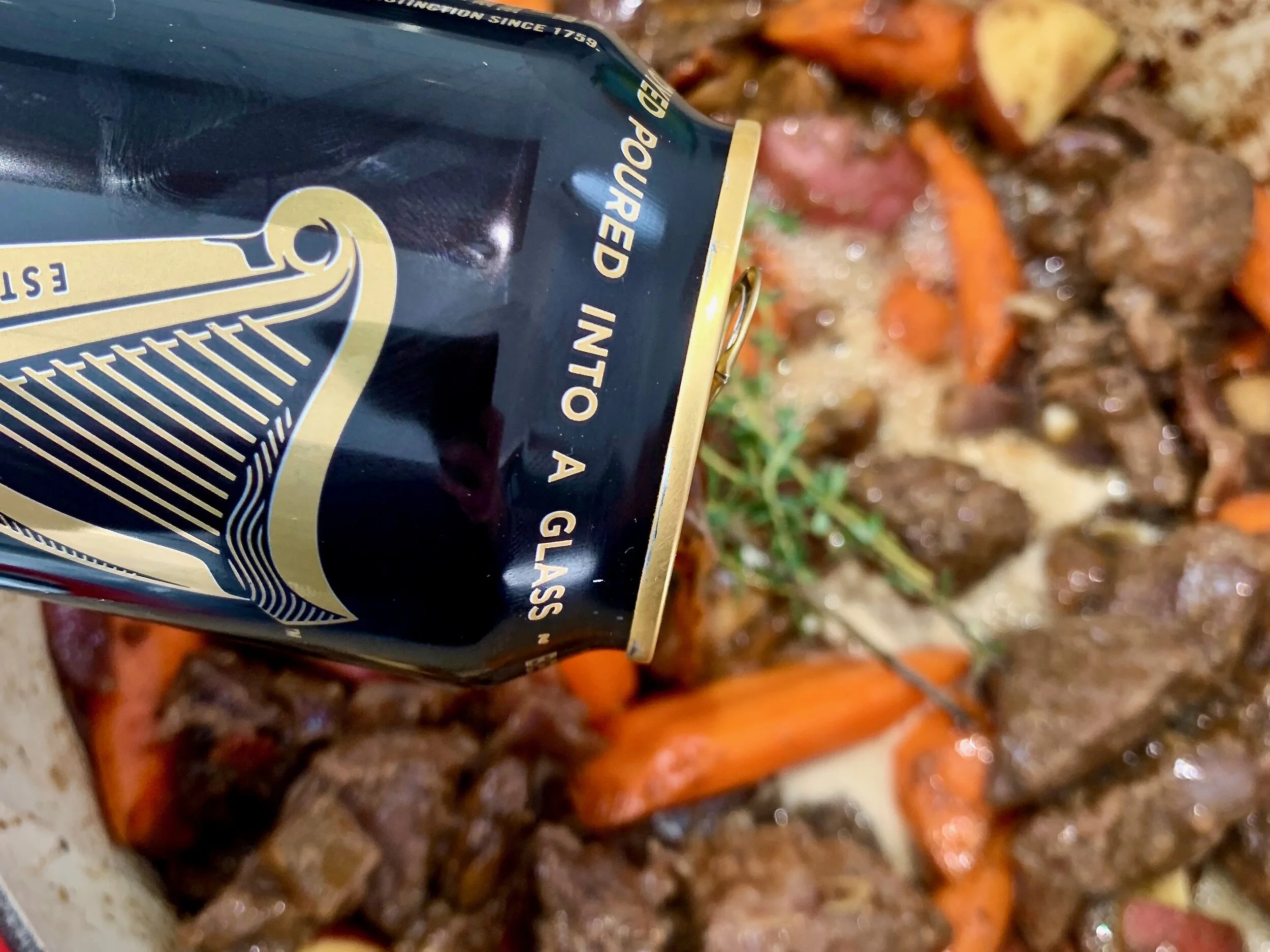



When you are Planning a Trip to the United Kingdom, it’s fun to try a British dessert as you prepare. Sticky Toffee Pudding is a popular dessert in the UK. It is almost surprising you don’t see it on more menus in the US. Now you can make it at home by following this easy recipe. Be sure to include places to enjoy this dessert in your Travel Itinerary to Great Britain!